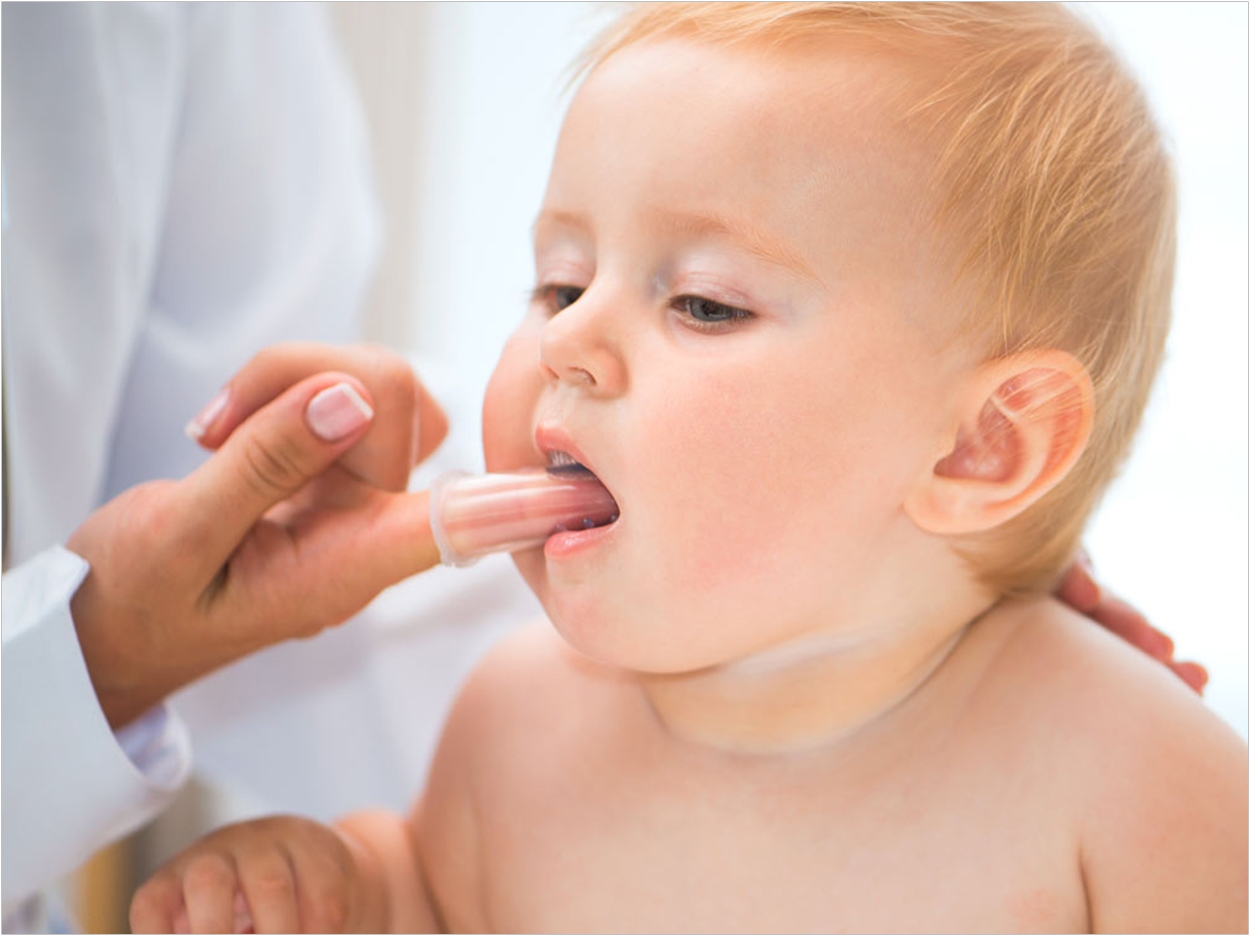
The American Academy of Pediatric Dentistry (AAPD) and other dental organizations all urge parents to bring their children for their first dental visit by the time of their first birthday. In fact, a study of more than 2,000 infants at Nationwide Children’s Hospital in Columbus, Ohio, has produced a predictive model that suggests the odds of a child having tooth decay at the first dental visit more than doubles for every year of increased age.
“If we do the math, a child who has a first dental visit at age 5 has nearly 20 times the odds of having cavities at that visit than a child who has a first dental visit at age 1,” said Paul Casamassimo, DDS, chief policy officer of the AAPD’s Pediatric Oral Health Research and Policy Center, which conducted the study. “By delaying that first dental visit, parents take an unnecessary gamble on their child’s oral health.”
The study offers additional clues to assist healthcare professionals in identifying tooth decay risk in young children before even looking in their mouths. Starting at the 18-month well-child visit, healthcare providers can use five variables to assess the odds of future or present tooth decay risk. The five variables are:
- The age of the child
- History of a preventive dental health visit
- Duration of breastfeeding (past age 1)
- No-show rate, such as broken appointments
- Preferred spoken language
While most pediatric providers consider oral health screening and access to dental care integral to children’s overall health, adoption of available caries risk assessment tools is low due to competing time demands at the well-child visit.
“During the first year of the study, healthcare providers we visited overwhelmingly expressed the need for something simpler to predict caries risk, preferably from information already in the medical record,” said Casamassimo.
“Knowing a toddler is at risk for cavities based on information routinely gathered from the well-child visit has the potential to engage healthcare providers in oral health and encourage needed referrals for dental care,” said Casamassimo. “An easy to use caries risk assessment model based on general medical factors may facilitate a consistent integration of oral health intervention into well-child visits.”
The study suggests a predictive model may help healthcare providers identify children at low, moderate, and high risk of future cavities. It identifies children needing a higher level of primary care intervention, observation for early childhood caries, and increased urgency in obtaining a dental home.
Children referred to dental care as a result of having large predictive model values would be much more likely to have dental caries or be “high” risk for dental caries at the time of their first visit to a dental clinic, offering valuable preventive services in a targeted, efficient, and cost-effective manner, the researchers report.
“Caries or caries-risk predictive variables in the electronic health record accessible to healthcare providers performing well-child exams allow for enhanced oral health intervention and facilitation of urgent referrals to oral health providers for children at risk,” said Diane Dooley, MD, a pediatrician, principal investigator, and associate clinical professor at the University of California San Francisco Department of Family and Community Medicine.
“With such a tool, primary care providers could administer a caries-risk assessment as a part of the well-child visit without taking time from other equally important health concerns. It also allows for the development of cost-effective systems to address the risk factors and barriers to oral health access, especially among low-income families from non-English speaking households,” said Dooley.
Building a predictive model is the first step, the researchers said. A pilot study of the model is being conducted at Nationwide Children’s Hospital. Data from patients who visited the Baby Dental Clinic in 2017 are being analyzed to determine if the predictive model’s abilities hold true in a new study population.
The three-year project was funded by a grant from the DentaQuest Foundation and developed in partnership with an interdisciplinary team made up of representatives from pediatric, family physician, nurse practitioner, and physician assistant professions.
Related Articles
Online Resources Support Baby’s First Dental Visit
Stressed Moms Have Kids With More Cavities
Immune Deficiencies Explain Rampant Caries in Some Children












